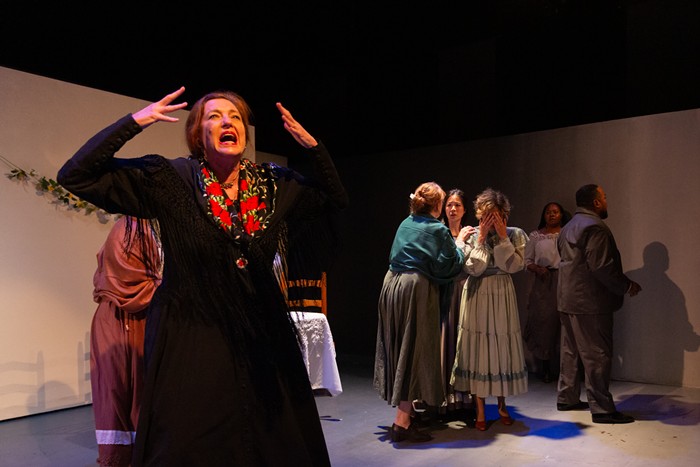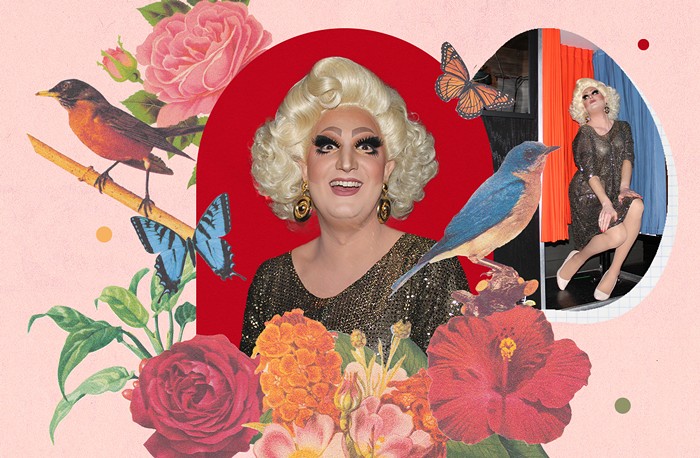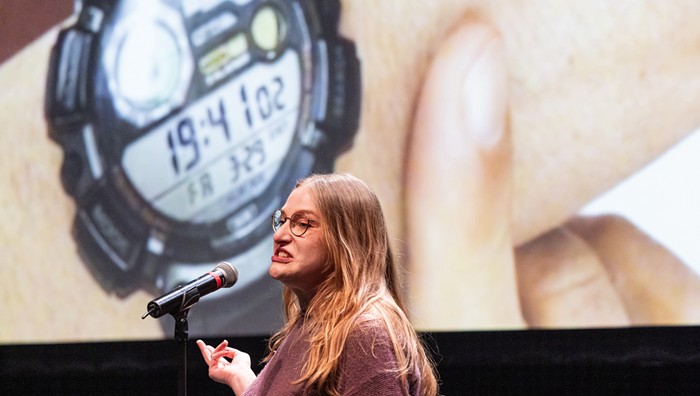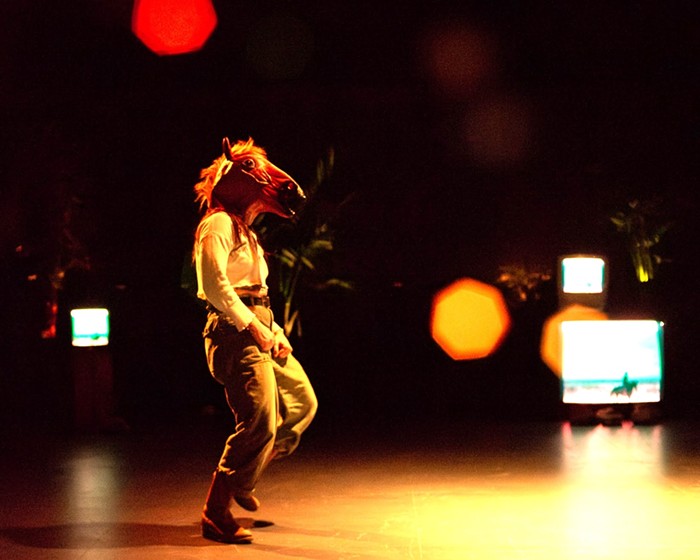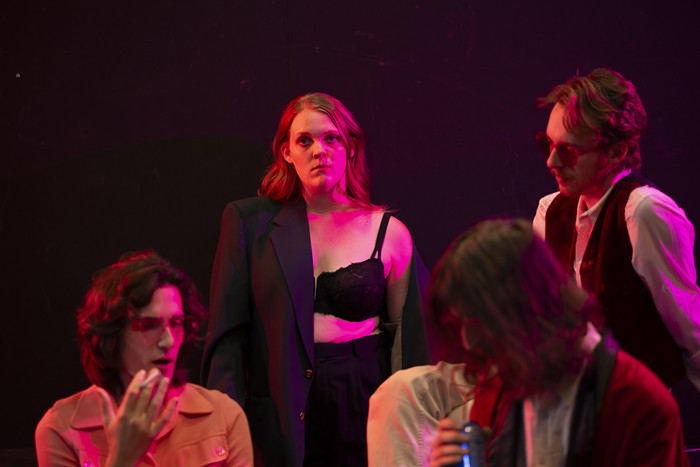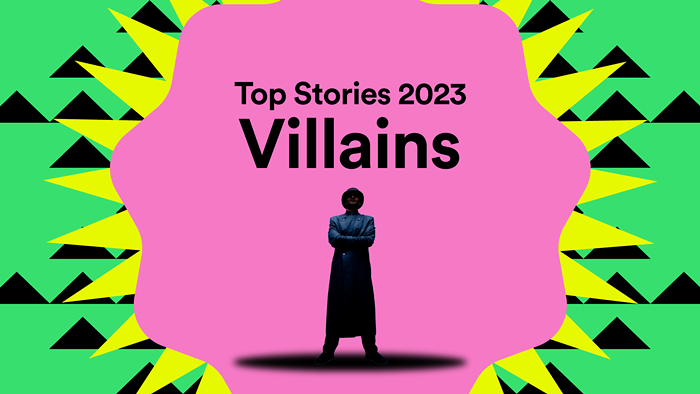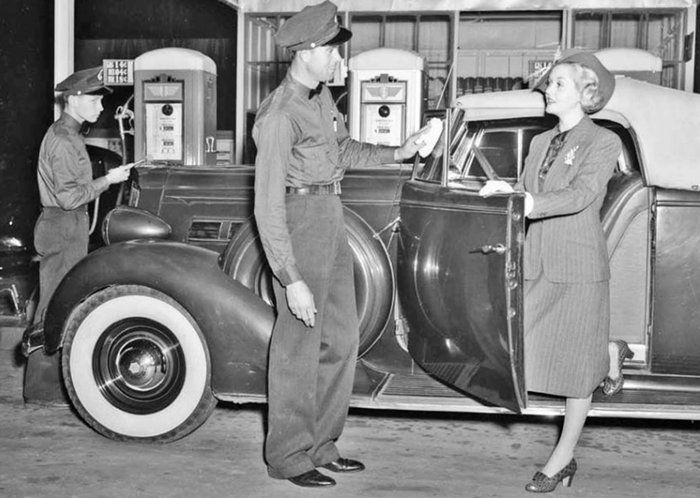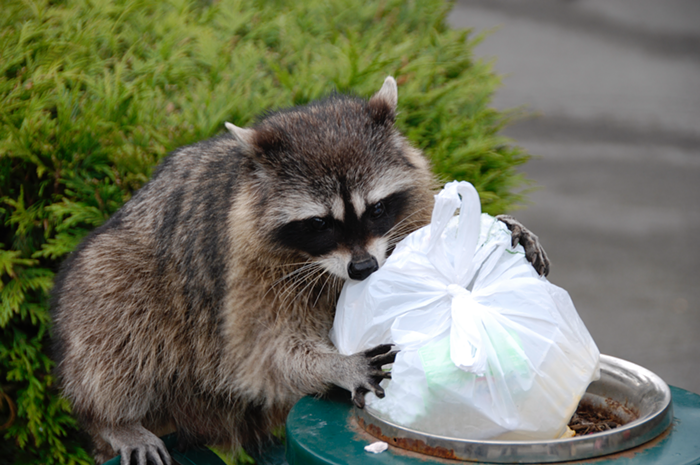Tears of Joy/Miracle Theatre at the Winningstad, 1111 SW Broadway, 248-0557, Sat 8 pm, through Nov. 22, $10-16.50
I t's too bad that the Mexican holiday El Dia de los Muertos isn't celebrated more readily in Anglo culture. The perfect extension to Halloween, celebrants of the early November holiday honor their dearly departed by crafting them personalized shrines and leaving out goodies for their consumption. It's thought that the souls of the dead return from the after-life and party with the living, merging the two worlds for a short time.
The Miracle Theatre Group, a troupe devoted to Hispanic culture, and the Tears of Joy Puppet Theatre have merged their talents to present El Dia de los Muertos, a miniature Day of the Dead festival. An homage as homey and colorful as the altars to the departed displayed outside the theater, the show is like a PBS Saturday morning special of skits, dance, and of course, puppets. It's a goofy, lo-fi show held together by a Mariachi band and a mysterious, recurring pantomime involving gravediggers, a guy with hair like devil's horns and dancing skeletons, which I wish had been more creepy. The narrative is in Spanish and English.
The show's strength are the puppet-performed Mexican fables about life and death. Onion Skin Soup uses shadow puppets to tell a morality tale culminating with the appearance of the Angel of Death, and Blame it on the Moon is a bizarro myth using insect puppets to explain why humans are subject to "permanent death," AKA mortality. The celebration between the puppet shows, while encompassing choice pieces of Mexican music or dance, can become too random and give the show a slightly unfocused feeling. You don't want to watch a party for too long without joining, after all.
Despite the production's lack of momentum, watching a revelry devoted equally to death and life shivers with an undercurrent of the grotesque. Default existentialists may get stuck on the notion that El Dia de los Muertos is a crutch holiday for the flesh-n-bloodies. Though it's about remembering and honoring the past, it's also about making death more palatable for the living by giving it an image makeover--death: eventually it's for everybody, but what a potentially good time. ANNA SIMON
